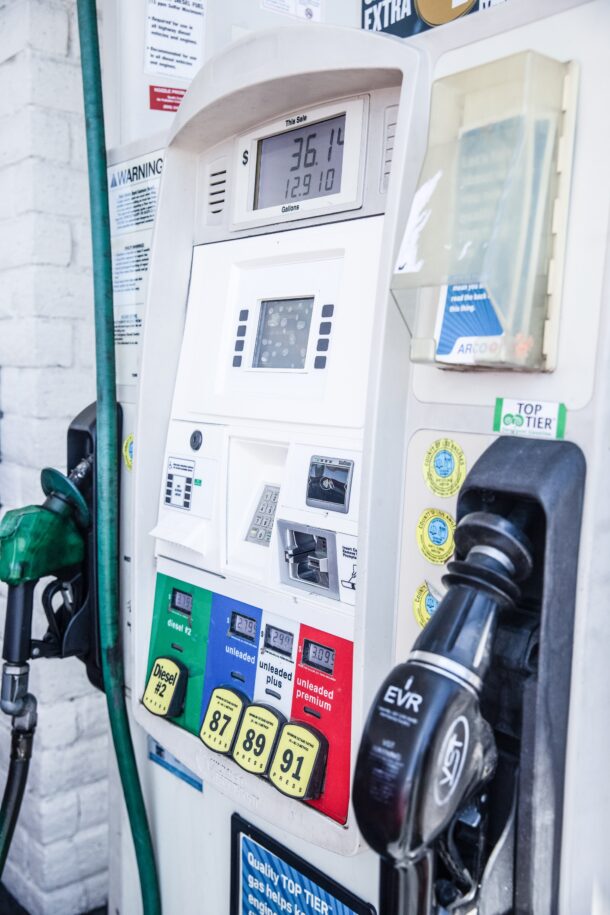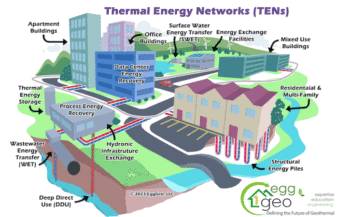We’ve all been there, standing at the gas pump, watching the numbers tick higher and higher, and wondering how we can save on our gas bills. With the ever-changing oil prices and regional variations, it can be challenging to keep track of the best ways to cut down on fuel expenses. But don’t worry, we’ve got you covered.
In this comprehensive guide, we’ll explain the factors that determine the cost of gas, how it varies seasonally and regionally, and discuss ways in which you can reduce your gas bills. We’ll break down the expenses step by step to show how small savings on every gas trip can add up over time. Read more here

Factors That Determine the Cost of Gas
Before diving into the tips and tricks for saving on gas bills, it’s essential to understand the factors that influence gas prices:
1. Crude oil prices: The cost of crude oil is the primary factor affecting gas prices. Crude oil prices are determined by supply and demand, geopolitical events, and natural disasters, among other factors.
2. Refining costs: After being extracted, crude oil needs to be refined to make gasoline. The price of refining is affected by a number of variables, including the type of crude oil, local environmental laws, and refinery capacity.
3. Taxes: Federal, state, and local taxes can significantly impact the price of gasoline.
4. Distribution and marketing costs: These costs include transporting gasoline from refineries to gas stations, as well as marketing and advertising expenses.
5. Regional factors: Gas prices can vary based on the region due to differences in state taxes, transportation costs, and regional supply and demand.
6. Seasonal factors: Gasoline prices often fluctuate seasonally, with higher prices during the summer months due to increased demand and the use of more expensive summer-blend gasoline.
Tips for Reducing Your Gas Bills
In today’s world, there are tons of ways to save on gas bills. For every expense, there are always a number of ways to reduce them, and the same is true for gas bills. Here are some tips and tricks that can help you cut down on fuel expenses:
1. Regular Car Maintenance
One of the most effective ways to save on gas is by keeping your car well-maintained. A well-tuned engine, clean air filter, and properly inflated tires can improve your car’s fuel efficiency, resulting in lower gas consumption. As stated by the U.S. According to the Department of Energy, correcting a significant maintenance issue, like a broken oxygen sensor, can increase your mileage by as much as 40%.
2. Drive Efficiently
Adopting fuel-efficient driving habits can lead to significant savings on your gas bill. Some tips for efficient driving include:
- Accelerate gently and avoid sudden stops.
- Maintain a steady speed and use cruise control when possible.
- Avoid excessive idling, as it wastes fuel.
- Remove unnecessary weight from your car, as heavier vehicles consume more fuel.
- Use your car’s air conditioning sparingly, as it can increase fuel consumption.
3. Plan Your Trips
By combining errands and planning your trips efficiently, you can minimize the time spent driving and reduce your gas consumption. Try to avoid peak traffic hours, as stop-and-go traffic can be particularly fuel-inefficient.
4. Carpool
Carpooling with friends, family, or coworkers can significantly reduce your gas expenses. By sharing rides, you’ll not only cut down on your fuel consumption but also reduce wear and tear on your vehicle.
5. Choose Alternative Routes
Sometimes, taking a slightly longer route with fewer stops and less traffic can actually save you fuel and money. Consider using a GPS or navigation app to find the most fuel-efficient route for your trip. For example, Google Maps has a feature that will show you the best route based on fuel-efficiency. This can help you save time and money on your trips.
6. Consider an eco-friendly vehicle
Switching to a more fuel-efficient or eco-friendly vehicle, such as a hybrid or electric car, can lead to substantial savings on your gas bill. While the upfront cost of these vehicles may be higher, the long-term savings in fuel costs can make them a wise investment. In addition, many states and local governments offer tax credits or incentives for purchasing green transportation.
Breaking Down the Expenses: How Small Savings Add Up
To demonstrate the potential savings that can be made by following these tips, let’s break down the expenses step by step:
- Regular car maintenance: Let’s say your car gets 25 miles per gallon (MPG) and you drive 12,000 miles per year. If you improve your fuel efficiency by just 10% through regular maintenance, you could save approximately 48 gallons of gas annually. At an average gas price of $3 per gallon, that’s a yearly savings of $144.
- Driving efficiently: By adopting fuel-efficient driving habits, you could potentially increase your MPG by up to 15%. For our example car, this would result in an additional annual savings of around $216.
- Carpooling: If you carpool with one other person, you could effectively cut your gas expenses in half. In our example, this would translate to an annual savings of approximately $900.
- Choosing alternative routes: By taking more fuel-efficient routes, you could potentially save an additional 5% on your gas bill. This equates to an annual savings of around $72 for our example car.
By following these tips, you could potentially save over $1,300 per year on your gas bill. That’s money that could be put towards a vacation, a home improvement project, or even an eco-friendly vehicle.
In Conclusion
Saving on your gas bills doesn’t have to be complicated. By understanding the factors that influence gas prices and implementing fuel-saving strategies such as regular car maintenance, efficient driving, carpooling, and choosing alternative routes, you can keep your gas expenses in check.
Remember, every little bit counts when it comes to saving on gas bills, and the more proactive you are in addressing your fuel consumption, the more savings you’ll see over time. So, start implementing these tips today and watch your gas bill shrink before your eyes! With a clear and optimistic outlook, you’ll be well on your way to a more fuel-efficient and cost-effective life on the road.




Join the conversation: